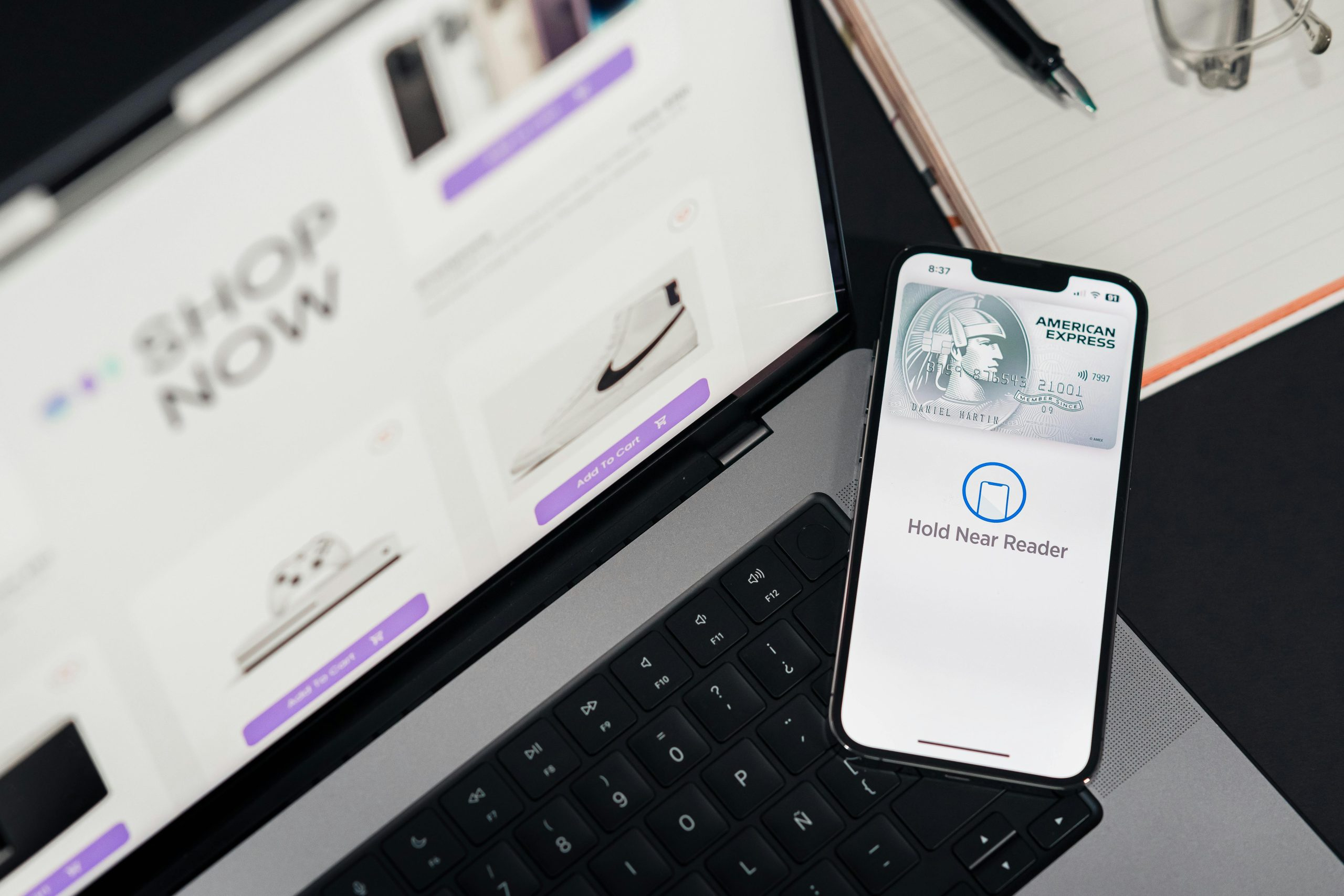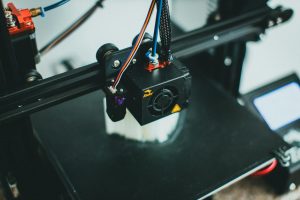Integrating Internet of Things Devices Into Business Systems
With the rapid advancements in technology, businesses are constantly looking for ways to improve their operations and stay competitive in today’s fast-paced market. The integration of Internet of Things (IoT) devices into business systems is one such solution that has proven to be effective in achieving this goal. With IoT devices, businesses can collect and analyze real-time data, automating processes and making data-driven decisions. In this article, we will explore the concept of integrating IoT devices into business systems and why it is crucial for businesses to take advantage of this emerging technology.
The Rise of the Internet of Things
The Internet of Things refers to a connected network of physical devices, vehicles, home appliances, and other items embedded with electronics, software, sensors, and network connectivity that allows these objects to collect and exchange data. This technology has been rapidly growing in recent years, and it is estimated that there will be over 41 billion connected IoT devices by 2025, generating over $1.6 trillion in revenue.
The rise of IoT has been driven by the increasing demand for data-driven decision-making, the need for automation, and the growing popularity of smart devices. This technology has proven to be beneficial in various industries, from healthcare and retail to manufacturing and logistics. However, one area where IoT has shown significant potential is in the integration of business systems.
What is IoT integration?
IoT integration is the process of connecting IoT devices with a company’s existing business systems and processes. This integration allows businesses to gather and analyze real-time data from various devices, creating opportunities for automation and data-driven decision-making.
Traditionally, businesses have relied on manual processes to collect and analyze data, which can be time-consuming, prone to human error, and limited in scalability. With IoT integration, businesses can streamline these processes, saving time and resources while improving accuracy and scalability.
The Benefits of Integrating IoT Devices into Business Systems
There are numerous benefits of integrating IoT devices into business systems. Let’s take a look at some of them:
1. Automation
IoT devices can automate several processes, freeing up employees’ time to focus on other critical tasks. For example, in a manufacturing facility, IoT sensors can monitor equipment performance and alert maintenance teams when maintenance is required, reducing downtime and increasing efficiency.
2. Real-time data analysis
IoT devices collect and transmit data in real-time, allowing businesses to analyze and act on information instantly. This real-time data analysis enables businesses to make more accurate and timely decisions, improving efficiency and productivity.
3. Improved customer experience
With IoT devices, businesses can collect data on customer behavior, preferences, and usage patterns. This information can then be used to create personalized customer experiences, improving customer satisfaction and loyalty.
4. Cost savings
By automating processes, improving efficiency, and reducing human error, IoT integration can lead to significant cost savings for businesses. With the ability to track and monitor assets in real-time, businesses can also reduce maintenance costs and increase the lifespan of their equipment.
Challenges of Integrating IoT Devices into Business Systems
While the benefits of integrating IoT devices into business systems are apparent, there are also some challenges that businesses may face. These challenges include:
1. Security concerns
As with any Internet-connected technology, security is a major concern when it comes to IoT devices. With the large number of connected devices and the amount of data they collect, businesses need to ensure that their IoT systems are secure to prevent potential cyber attacks.
2. Data overload
With the vast amount of real-time data collected by IoT devices, businesses may face the challenge of managing and analyzing this data effectively. Businesses need to have the proper infrastructure and tools in place to handle and interpret the data accurately.
3. Integration complexities
Integrating IoT devices with existing business systems can be a complex process, especially for companies with outdated or complex systems. Businesses may need to invest in additional resources and expertise to ensure a seamless integration.
Conclusion
Integrating IoT devices into business systems has numerous benefits for businesses, including automation, real-time data analysis, improved customer experience, and cost savings. However, it also comes with its challenges, such as security concerns, data overload, and integration complexities. With IoT technology continuously evolving, it is crucial for businesses to stay ahead of the curve and take advantage of this game-changing technology.
In conclusion, by integrating IoT devices into their business systems, companies can improve efficiency, productivity, and customer experience, gaining a competitive edge in today’s fast-paced market.










